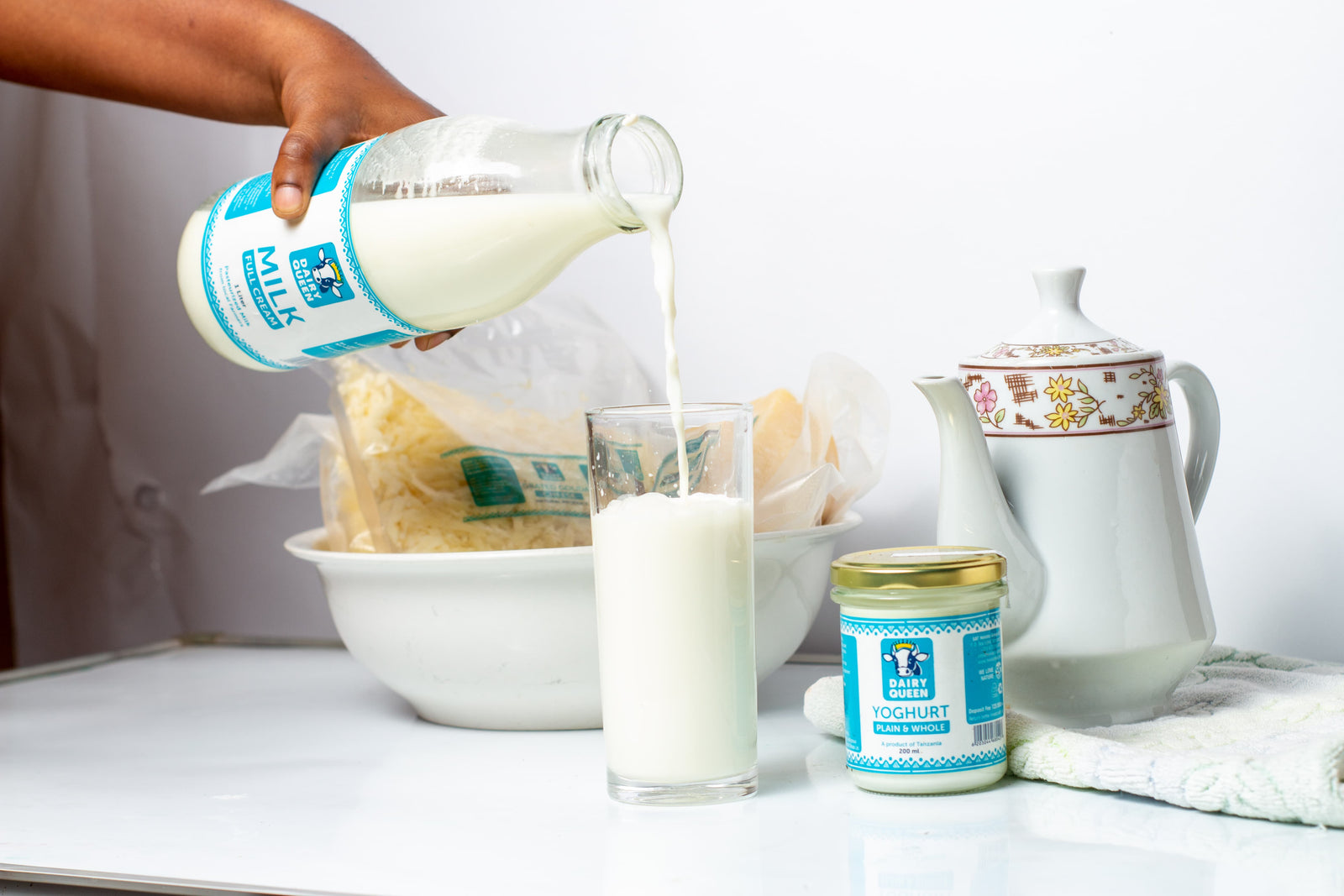Your Cart is Empty
Proud winners of the 2021 One World Award.
Proud winners of the 2021 One World Award.
Proud winners of the 2021 One World Award.
February 07, 2024

Ever wondered about that creamy layer on top of our milk? It's not just about taste; it represents our milk's rich nutritional bounty. With a 3.8% fat content, our milk packs numerous health benefits for everyone. To preserve its natural goodness and ensure safety, we gently pasteurize the milk at 60 degrees for 30 minutes—no need for further heating before you enjoy it.
Research suggests pasteurized milk offers better digestibility, particularly for children and the elderly, by protecting its precious protein composition. Unlike homogenized milk, where fat particles are broken down into smaller ones that can be harder to digest, our milk keeps its fat globules natural and easily digestible.

Full-fat milk is a nutritional powerhouse, rich in essential vitamins A and D for strong bones and efficient nutrient absorption. That creamy layer is a badge of quality and a treasure trove of nutrients that support health through all life stages.
Consider the cream not just a treat but a versatile ingredient. Skim it off for a rich crème fraîche, stir it into your coffee or tea for a luxurious latte, or enrich your sauces with its flavour.
So, next time you pour a glass of milk or mix it into your recipes, remember what that creamy layer stands for—a commitment to quality, nourishment, and delivering essential nutrients for vitality and well-being.

This method is a simple way to create a versatile, cultured dairy product that can enhance the flavor and texture of many dishes. Enjoy!!!